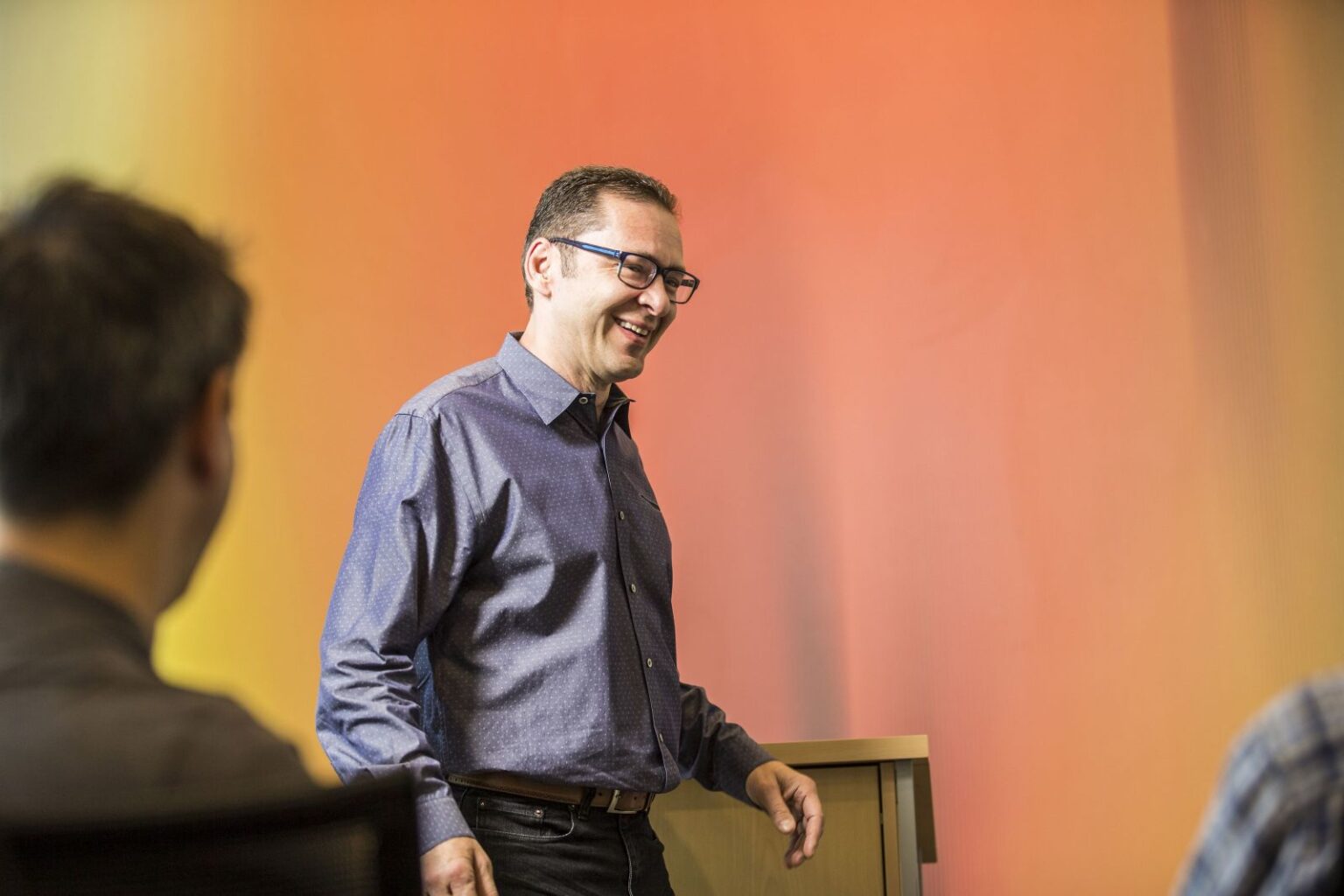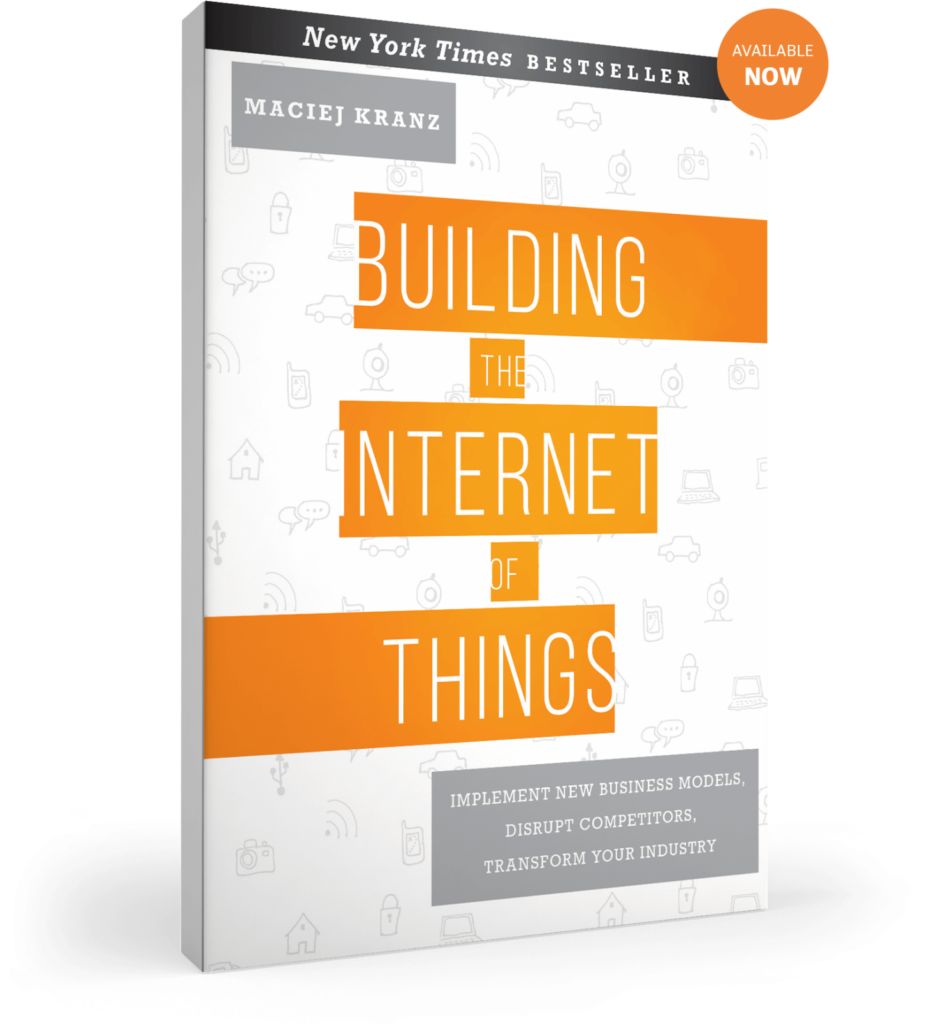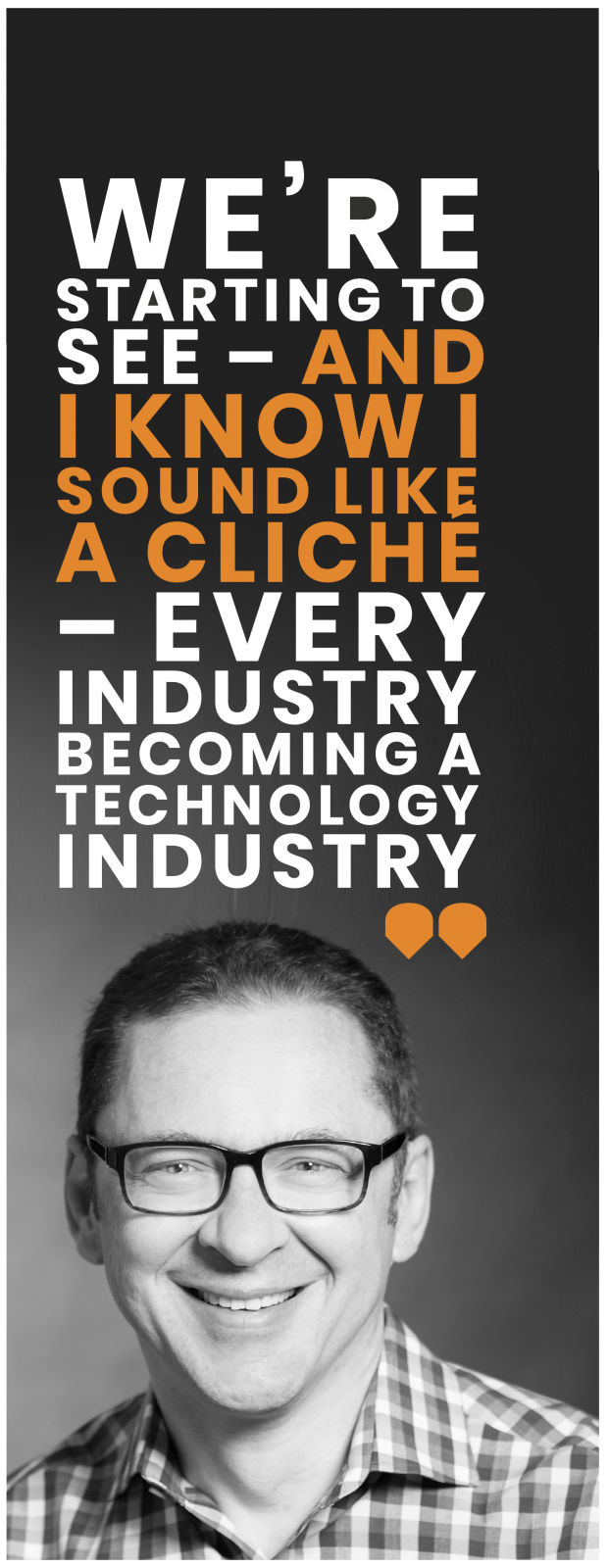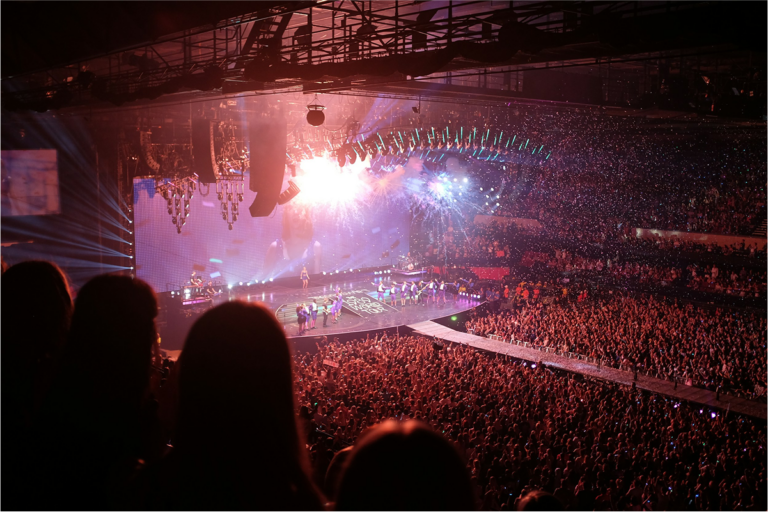
Remember learning about the industrial revolution at school? It was all thick smoke billowing over cities, workers sweating away in back-breaking conditions and dark satanic mills.
Luckily for future generations of schoolchildren, there is something infinitely cooler and far less grim about what has been dubbed the ‘Fourth Industrial Revolution’ – and one of the vital organs of this change is the Internet of Things (IoT), a vast network of physical devices connecting our world.
Mobile phones, jet engines, traffic lights, headphones, fridges, bins. There is no limit to objects that can identify themselves to other devices via the internet.
It is fundamental to digital transformation across industries, and research from PricewaterhouseCoopers (PwC) found that 35% of American manufacturers are currently collecting and using data generated by smart sensors to enhance processes. Alongside that, 34% of manufacturers believe it is “extremely critical” that US manufacturers adopt an IoT strategy in their operations; 60% believe it’s “moderately or slightly critical”.
And yet, it can be a rather vague, unwieldy concept to many. At its simplest, it is collecting data, analysing it and creating value from it. Although it can mean very different things to very different companies, the foundation of its utilisation across all industries is that if you have a data-driven enterprise, IoT can provide the data.

One of the leading experts and proponents of IoT is Polish-American Maciej Kranz, Vice President of Corporate Strategic Innovation at Cisco Systems – which has over 14,000 IoT customers.
Kranz wrote the IoT bible Building The Internet Of Things in 2016. Tellingly, it became a rather unlikely New York Times bestseller, and he recently released its follow-up: Building the Internet of Things – A Project Workbook, a step-by-step guide for business and operations managers going through their IoT journey.
Involved in IoT since the turn of the century, Kranz says it was only relatively recently that things began to accelerate. “I would say six or seven years ago, we actually decided the timing was right for us not only as Cisco, but us as an industry to really accelerate our work for a couple of reasons,” he says.

Kranz wrote the IoT bible Building The Internet Of Things in 2016. Tellingly, it became a rather unlikely New York Times bestseller, and he recently released its follow-up: Building the Internet of Things – A Project Workbook, a step-by-step guide for business and operations managers going through their IoT journey.
Involved in IoT since the turn of the century, Kranz says it was only relatively recently that things began to accelerate. “I would say six or seven years ago, we actually decided the timing was right for us not only as Cisco, but us as an industry to really accelerate our work for a couple of reasons,” he says.
“One was that we saw that in our line of business and operational technology organisations, folks not traditionally heavy adopters of the first wave of internet technologies emerged as a major buying centre for IoT technologies.
“The second one was that we saw the migration in the market structures from what I’d consider vertically-integrated companies – the traditional companies that emerged in the 1960s, 1970s – into more of an open ecosystem, driven primarily by customers and their desire for scalable solutions at a reasonable cost.”
It was clear that IoT was becoming not only accessible to a select range of industries, but rapidly branching out. “IoT started on the B2B side,” Kranz states. “It started with large enterprises, but now in many parts of the world, definitely in the US and western Europe, but also I would say China, India, and parts of Asia, and South America, you now have a fairly robust ecosystem of integrators and specialists who can help small and medium-sized businesses start an IoT journey because they’ve done these projects.”
Clients and partners kept asking me to recommend a book to help them. So I looked around, and there wasn't one. So at the end of the day I decided to write one
This acceleration meant something else bubbled to the surface: people needed to understand what on earth IoT was. To do that, they needed a handy book to help them grasp it.
“Clients and partners kept asking me to recommend a book to help them,” says Kranz. “So I looked around, and there wasn’t one. So at the end of the day I decided to write one.”
Three years later, and Building the Internet of Things: Implement New Business Models, Disrupt Competitors, Transform Your Industry was top of the New York Times Best Sellers list and translated into 15 different languages. The message was clear: the Internet of Things had moved from something slightly nebulous and future to something very real and now. So, from writing a book explaining IoT, came the next stage: “I started getting other questions. ‘Okay I like the book. I read the book. Now I’m ready to get started with my first IoT project’,” adds Kranz.
“It became apparent that it would be helpful to produce a workbook that would help people with step-by-step instructions on how to prepare for the IoT journey, how to maximise the chance for success for their first IoT project, but also how to help them position themselves well for the future.”
And so the follow-up, Building the Internet of Things – A Project Workbook, was born. The real challenge was writing a one-size-fits-all guide when IoT is different things to different industries, all with different problems to solve.
But there are hurdles that bind most industries together when starting out on their IoT journey.
“There are many shared challenges,” Kranz says. “The first of those are technology challenges. You have legacy infrastructure, you have new technologies coming up. Even IP for a lot of these folks are sort of new technologies.
“Then there are cultural challenges. When you think about the way a lot of these industries have been operating, you basically have to get them to change to the mindset of constant learning and reinventing themselves every couple of years. That is what we do in the technology industry, but now that every industry is becoming a technology industry, people have to change the culture, change the mindset.
“Then there are market structure challenges. Traditionally if you want to build, say, a station you would go to one company or two companies, and they would basically do everything from A to Z. But IoT is an open set of technologies which are driving the adoption of this whole economy model where you have multiple horizontal and vertical models and regional specialists working together to develop these sort of things.”

But there are hurdles that bind most industries together when starting out on their IoT journey.
“There are many shared challenges,” Kranz says. “The first of those are technology challenges. You have legacy infrastructure, you have new technologies coming up. Even IP for a lot of these folks are sort of new technologies.
“Then there are cultural challenges. When you think about the way a lot of these industries have been operating, you basically have to get them to change to the mindset of constant learning and reinventing themselves every couple of years. That is what we do in the technology industry, but now that every industry is becoming a technology industry, people have to change the culture, change the mindset.
“Then there are market structure challenges. Traditionally if you want to build, say, a station you would go to one company or two companies, and they would basically do everything from A to Z. But IoT is an open set of technologies which are driving the adoption of this whole economy model where you have multiple horizontal and vertical models and regional specialists working together to develop these sort of things.”
Whatever the industry – industrial, healthcare, agriculture, smart cities – and wherever they are in the world, initial IoT projections are almost always about connecting operations.
“They want to provide remote operations, remote asset management or remote operating,” says Kranz. “They are using analytics for predictive analytics or preventative maintenance, and that is part of the guidance we give: if you are new to IoT, then don’t reinvent the wheel. Make sure that you focus on the business process first before developing a technology solution.”
And the reward? Streamlining operations and making and saving money. There are case studies in all four corners of the globe. “There are people who have done preventive maintenance in South America in the oil and gas industry,” says Kranz, “and now you can actually go to these specialists and get this kind of a solution in the organisation at a fraction of the cost it would have taken even five years ago.”
Initially, that reward can seem quite distant. When pitching any new concept, one of the immediate challenges is proving an ROI case. Especially with new technology, this can often be hard to justify short-term. There is big-picture persuasion to be done, and Kranz is well aware of this. Which is why you will find an IoT ROI calculator on his site in order to help plan the business case for adopting IoT in your organisation or for particular projects.
There seems to be no going back, now. The Internet of Things revolution will just become the norm, like using electricity became the norm, making phone calls from your house became the norm, watching TV shows in your living room became the norm, accessing the internet on your phone became the norm. The fun, of course, is taking educated guesses at where IoT will be in five years. Global research firm Gartner has said that by 2020 there will be 26 billion connected devices; to Kranz, that’s 26 billion possibilities.
“We’re starting to see – and I know I sound like a cliché – every industry becoming a technology industry,” says Kranz. “And we’re starting to see industries merging. Obviously the most hyped one is technology and cars, but we’re also starting to see manufacturing and retail, for example, starting to merge.
“New industries are emerging like the drone industry, but also new business models. Now that you have all this data flowing across your enterprise, you can make an intelligent decision, and instead of building you can just rent the capacity that you need and basically move all the savings straight to your bottom line.
“So we’ll see a fairly dramatic migration over the next five years from what I would say are the traditional hardware business models into service business models.”
The revolution is here, folks.


